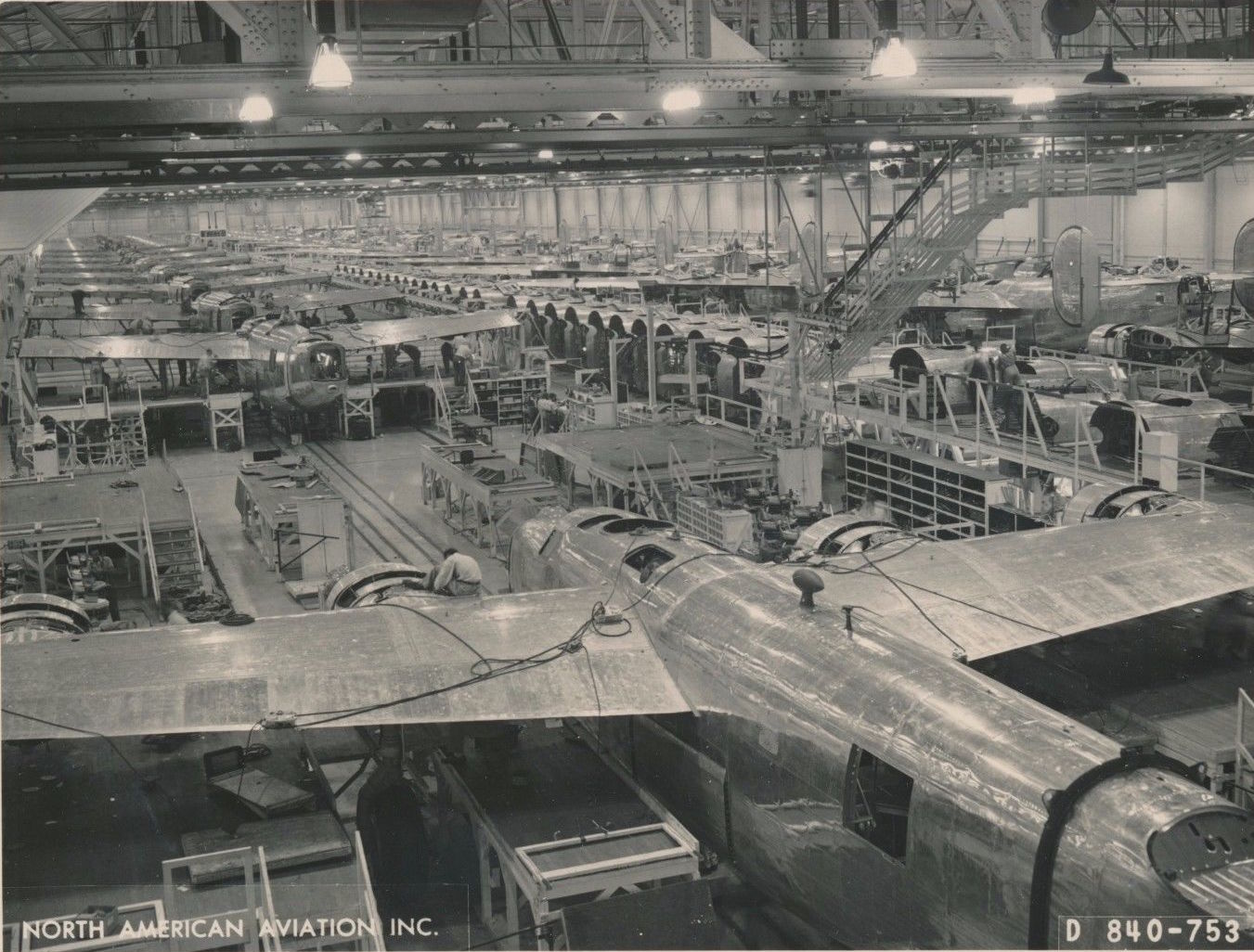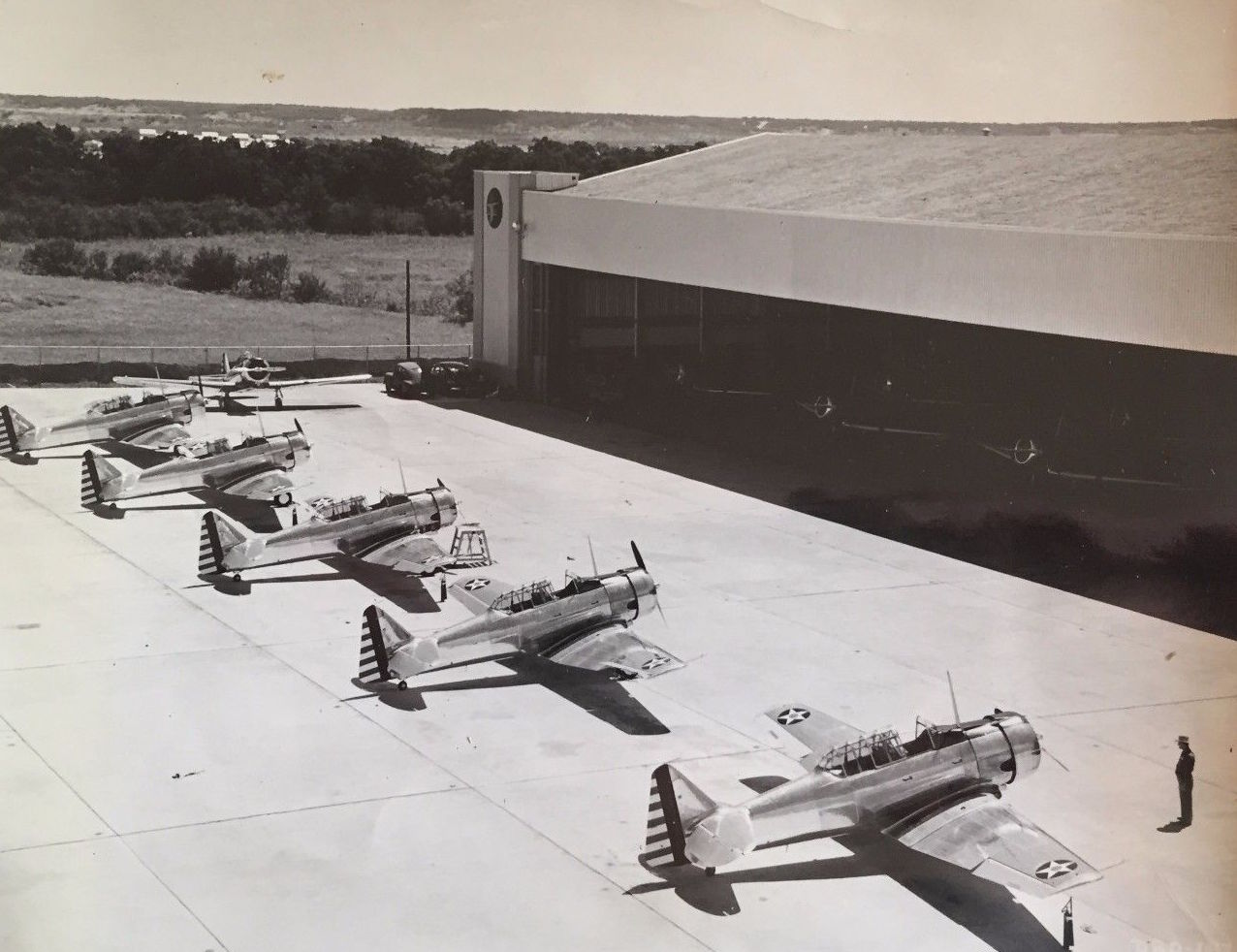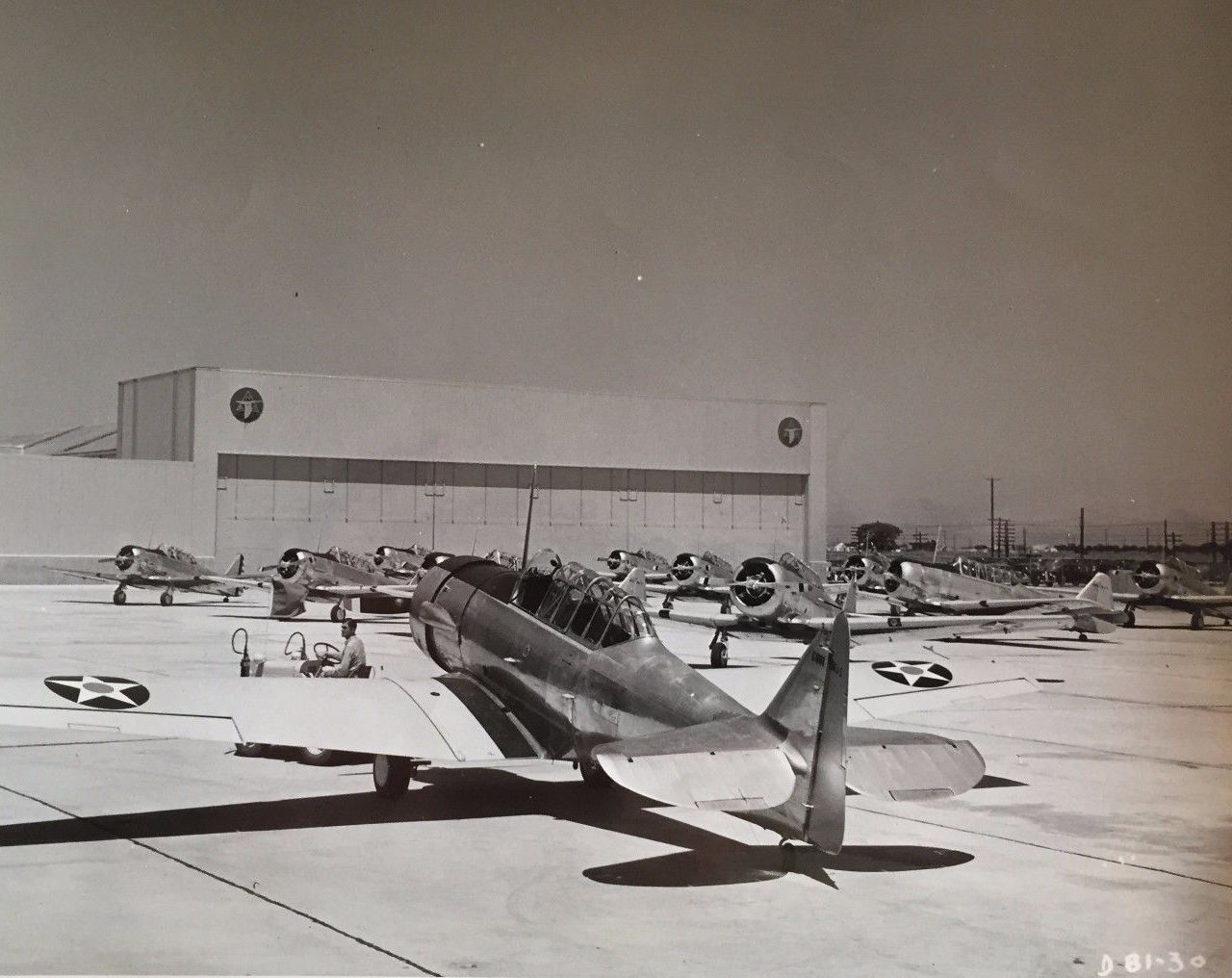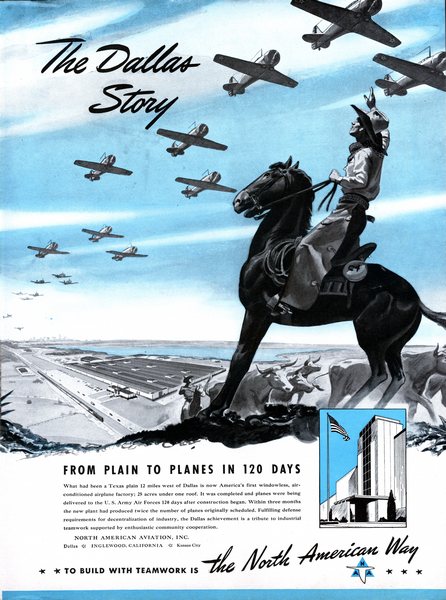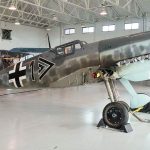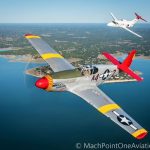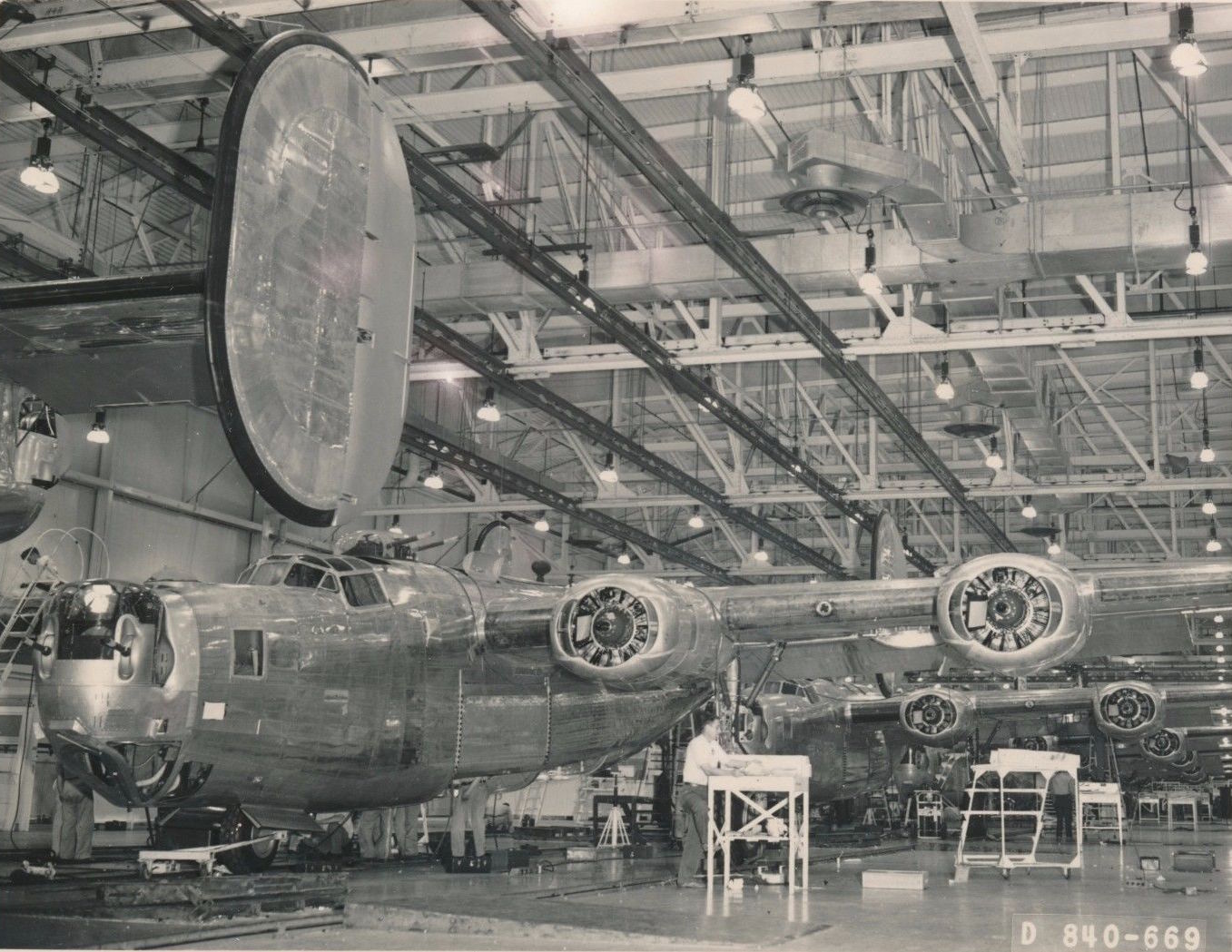
This Thursday evening at 7pm CST Keegan Chetwynd, the Commemorative Air Force museum curator, will present, via webinar, research he’s conducted concerning the history of the North American Aviation plant in Dallas, Texas. This plant was the most productive aircraft factory in the entire United States during WWII; making three of America’s most important aircraft – the T-6, P-51 and B-24. More than 18,000 aircraft rolled of its production lines between 1942 and 1945; in excess of the entire aircraft output from the whole of Italy. At peak production, airplanes emerged from the factory at the rate of more than one per hour. This story is one of the most compelling aspects to having the CAF National Airbase in Dallas, and the CAF headquarters staff want their extended team to understand its importance. In this webinar, Keegan Chetwynd will tell the forgotten story of North American Aviation in Dallas, and its pivotal role in winning the war on the home front.
The presentation will last about 45 minutes and will be recorded for future viewing, but please attend the live presentation if possible (you will be able to ask questions).
Click HERE to listen the recorded version of the presentation








